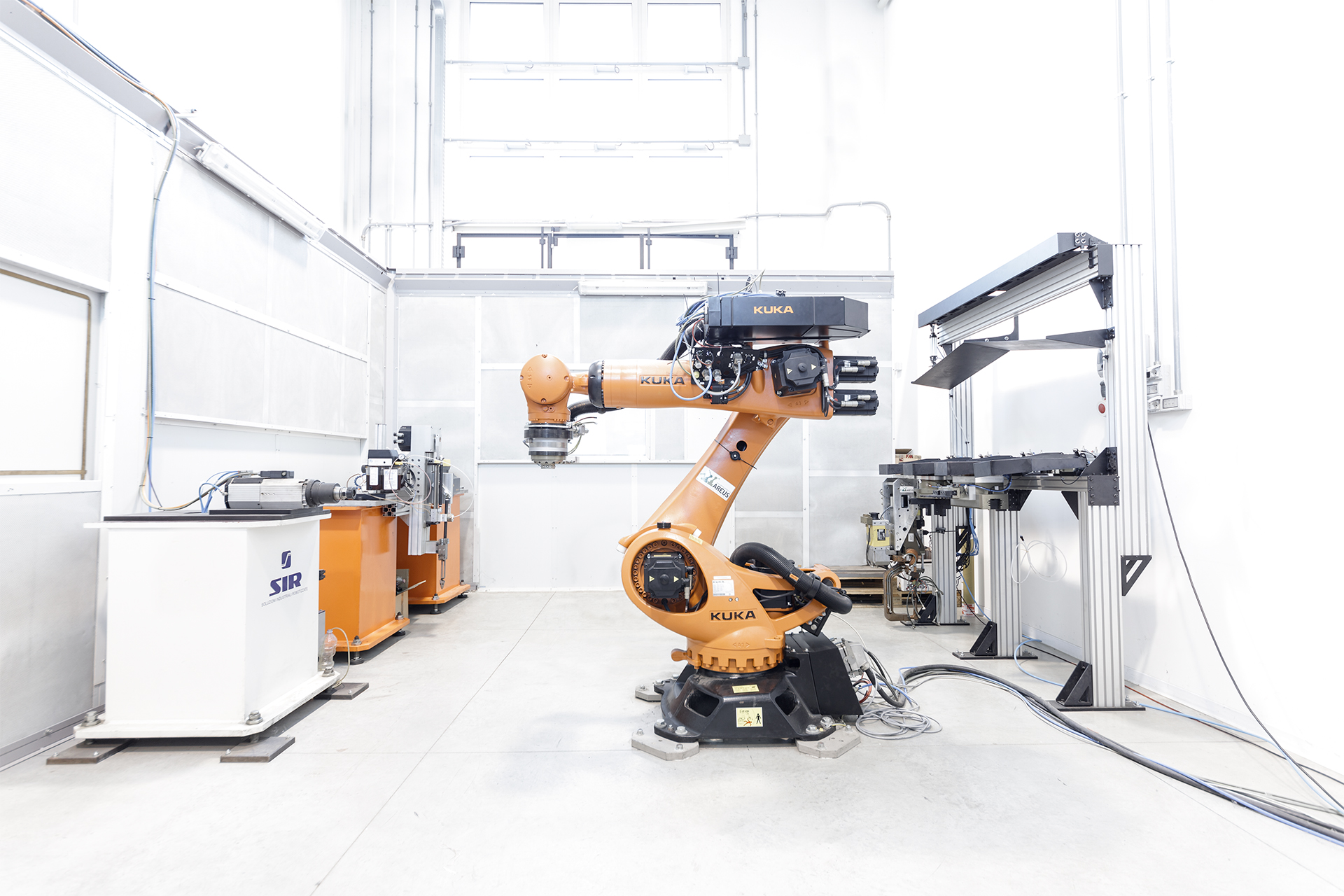According to an article published by IFR (International Federation of Robotics), the use of robots in machining application is about to increase in the next years. Historically, robots have not been widely employed in machining, due to their low rigidity. However, there are many elements that make the robots desirable for that kind of operations. First of all, the price of the robot is becoming more and more competitive with the traditional machine tools. Second, robots have a way larger workspace, that make them more suitable than traditional machine tools for operations on large parts, such as aircrafts or boats. Moreover, robot workspace can be further extended using linear tracks o gantry systems at relatively low price as compared to traditional machine tools requiring high reach. Of course, rigidity is an issue, but certain applications does not require very high precision, for example furniture or plastics manufacturing. In other applications such as polishing, a higher compliance can be an advantage, because it allows to avoid scratches in slightly uneven surfaces.
The IFR article proceeds by showing a number or researches that aim to overcome the constraints in using the robot for machining operations. The high interest around this topic is a proof of the consistency and potential of this perspective.
In this vision, K-LOOPS is developing a G-CODE interpreter for robot manipulators, in order to take advantage of the output of CAM software to rapidly generate a robot program for machining applications.
You can take a look at the related page here.

